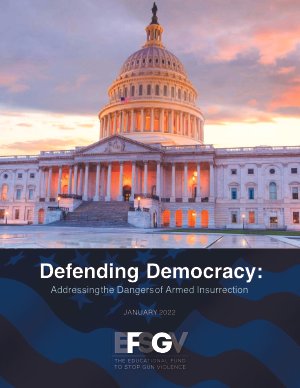By Nelson Alusala
This policy brief reviews the state of physical security and stockpile management (PSSM) in Central and Southern Africa as at 2022. Africa’s most progressive legally binding instruments for controlling small arms and light weapons can be found in these regions. The Economic Community of Central African States (ECCAS) Convention became legal in 2017 and the Southern African Development Community Protocol was revised in 2020. However, compliance with these instruments requires commitment from all stakeholders, including civil society. Key findings ∙ The region’s long-term stability depends on good principles of physical security and stockpile management (PSSM). Until ECCAS members enforce policy and implement steps to improve the PSSM of arms and ammunition in government possession, leakage and diversion to non-state actors will continue undeterred. ∙ Implementation should be next. The Kinshasa Convention, like the Arms Trade Treaty and UN Agenda 2030, are considered some of the latest instruments on disarmament, human security and development. The review of the Southern African Development Community (SADC) Firearms Protocol in 2020 aligned the SADC region with the latest developments, and the African Union (AU) vision for silencing the guns by 2030. ∙ A review of other regional instruments is required. This is vital, especially for the Economic Community of West African States (ECOWAS) Convention on Small Arms and Light Weapons, their Ammunition and other Related Materials, and the Nairobi Protocol for the Prevention, Control and Reduction of Small Arms and Light Weapons in the Great Lakes Region, the Horn of Africa and Bordering States.
ENACT Africa, 2022. 11p.





















